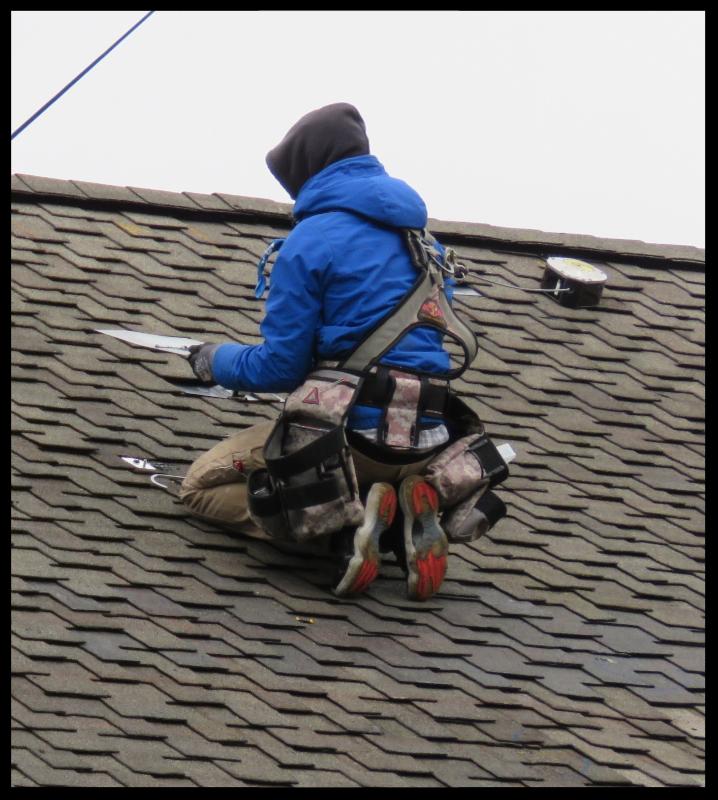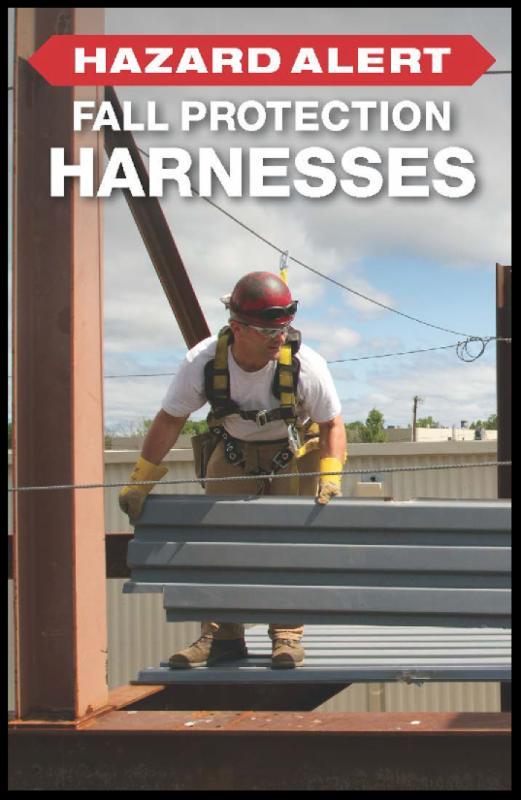|
CPWR UPDATE
|
December 2017
| |
From the Desk of Chris Trahan Cain, Executive Director
|
|
|
|
Making Solar Panel Installation Safer
 Installation of solar panels has increased significantly in recent years, and is expected to continue to grow as the price of solar panels falls. While this growth will benefit the environment and create jobs, the workers who install the rooftop panels are at risk of falls and electrical hazards. A new CPWR study, involving interviews with engineers, contractors, and workers in this sector, identified how decisions in the design phase impact safety during construction, and found several opportunities to apply Prevention through Design (PtD) principles to protect construction workers during installation -- such as selecting a panel layout that provides clear access for the workers who are installing the panels today (and those who will maintain them tomorrow). Based on their findings, the research team developed a Safety Protocol for solar panel system designers and installers, Prevention through Design for Safety in Solar Installations. Installation of solar panels has increased significantly in recent years, and is expected to continue to grow as the price of solar panels falls. While this growth will benefit the environment and create jobs, the workers who install the rooftop panels are at risk of falls and electrical hazards. A new CPWR study, involving interviews with engineers, contractors, and workers in this sector, identified how decisions in the design phase impact safety during construction, and found several opportunities to apply Prevention through Design (PtD) principles to protect construction workers during installation -- such as selecting a panel layout that provides clear access for the workers who are installing the panels today (and those who will maintain them tomorrow). Based on their findings, the research team developed a Safety Protocol for solar panel system designers and installers, Prevention through Design for Safety in Solar Installations. A one-page summary of the complete study, Applying Prevention through Design (PtD) to Solar Systems in Small Buildings, can be found on the CPWR website. The researchers will present their findings in a December 13 webinar (see below for details).
|
|
 TOOLS FOR SAFETY AND HEALTH TOOLS FOR SAFETY AND HEALTH
Hazard Alert: Fall Protection Harnesses
A Personal Fall Arrest System (PFAS) is essential when installing solar panels on a steep roof, as well as for many other construction tasks. To be effective the PFAS should include a properly fitted harness, a lanyard, and a suitable anchor point. A CPWR Hazard Alert, Card Fall Protection Harnesses, provides a concise overview that can be used for safety orientations or as a handout with a toolbox talk. CLICK HERE to download a copy of CPWR's Fall Protection Harnesses Hazard Alert, or email CPWR to request copies of the printed pocket-sized card.
|
RESEARCH NEWS
Workplace injuries impact worker income for years to come
American workers who incurred an occupational injury severe enough to cause days away from work lost an average $3,715 in annual income growth during the decade following the injury, according to a study by CPWR's Data Center, Economic consequences of workplace injuries in the United States: Findings from the National Longitudinal Survey of Youth. The study covers workers across industry sectors, but the findings are of special concern for the construction industry, which suffers from both an above-average occupational injury rate and below-average wage growth. CLICK HERE for a one-page summary of the study. The full report appeared in the American Journal of Industrial Medicine.
|
Dec.13 @ 2pm ET (45 min). Applying Prevention through Design (PtD) to Solar Systems in Small Buildings. Researchers interviewed workers, contractors and engineers in the solar panel installation industry to identify choices during the design process that can reduce worker exposure to injury during construction. In this webinar, they will review the findings and a short guide created for industry use. CLICK TO REGISTER
|
The construction FACE database - Codifying the NIOSH FACE reports. Xiuwen Sue Dong, Julie A. Largay, Xuanwen Wang, Chris Trahan Cain, and Nancy Romano, 2017. Journal of Safety Research.
|
Fatal electrocutions 'unacceptably high' in construction industry despite decline: CPWR. Safety + Health
Construction Safety: Does Safety Leadership Training Make Sense for Your Business?
You Don't Need to Lead Alone: Grow More Safety Leaders. OH&S Magazine
|
|
|
|